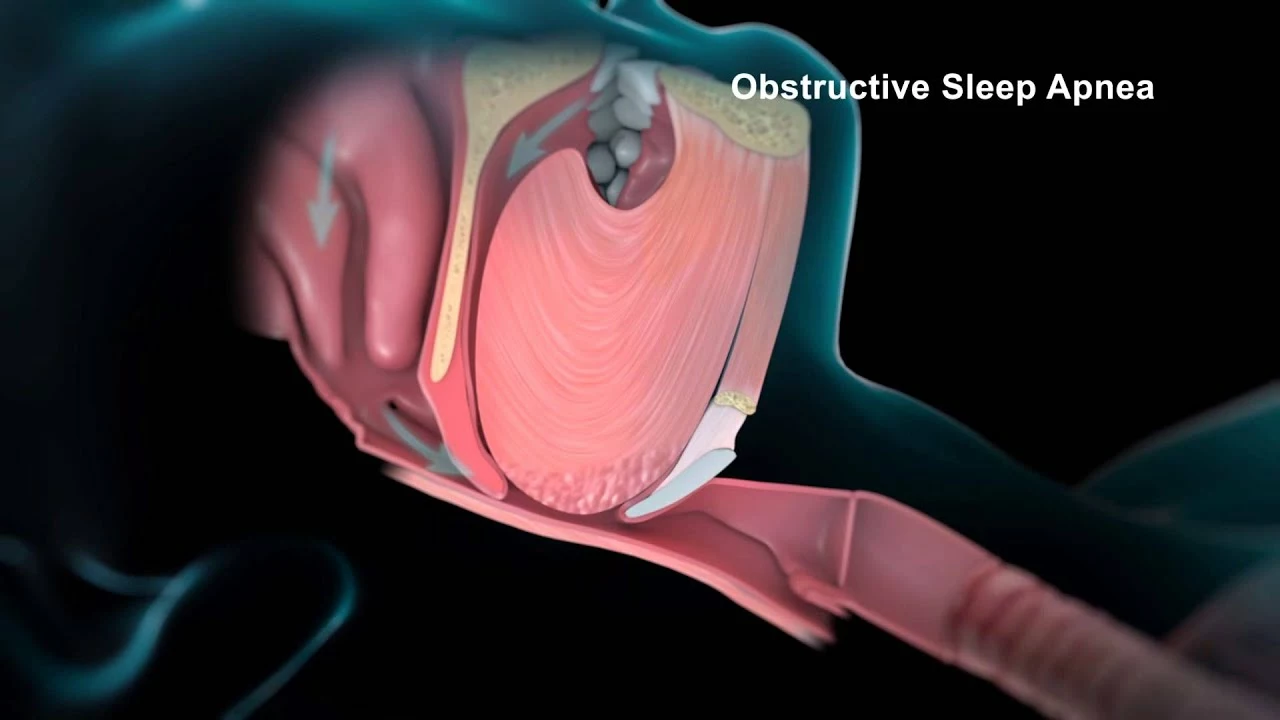Blood clots: signs, risks, and what to do
Blood clots can be quiet and dangerous. Knowing the signs and what to do can save you or someone close to you. This page gives clear, practical steps: how clots form, common symptoms, key risk factors, simple prevention tips, and when to get medical help.
How clots form and who’s at risk
Clots happen when blood cells stick together to seal an injury, but sometimes the clot forms inside a vein without obvious damage. Long immobility, recent surgery, cancer, pregnancy, birth control pills, smoking, obesity, and certain genetic conditions raise risk. Age also matters — risk goes up as you get older. If you’ve had a previous clot, your chances of another are higher.
Spotting symptoms fast
Classic signs of a clot in the leg include swelling, warmth, redness, and a tight or painful feeling, often in the calf. For a clot in the lung look for sudden shortness of breath, chest pain that gets worse with breathing, rapid heartbeat, or unexplained fainting. Symptoms can vary, so if something feels wrong and appears quickly, don’t ignore it.
If you have swelling only when standing or pain that improves with rest, that’s less likely a dangerous clot, but still worth checking if it’s new or gets worse. Know your baseline - what’s normal for your body - so you notice real changes.
Simple prevention steps you can use today: move regularly during long trips, stand up and walk every hour on long flights, stay hydrated, avoid tight clothing around the waist and thighs, and ask your doctor if blood-thinning medicine fits your situation. After surgery, follow mobility instructions and use compression stockings when advised.
Testing and treatment are straightforward. Doctors use ultrasound for leg clots and CT scans for lung clots. Treatment often includes anticoagulant pills or injections to stop clots from growing and to lower the chance of new ones. In severe cases, doctors may perform procedures to remove a clot.
When to get help: call emergency services for sudden shortness of breath, chest pain, fainting, or heavy bleeding while on blood thinners. See your primary care or urgent care if you notice new, unexplained swelling, persistent leg pain, or redness that spreads.
If you have risk factors like cancer, pregnancy, or a strong family history, talk with your doctor about prevention. Keep a list of your medications and conditions, and tell any treating provider you’ve had a clot. Small actions—moving more, staying hydrated, and following medical advice—cut risk significantly.
Questions? Use trusted sources and discuss options with your healthcare provider. Quick recognition and timely care make a big difference with blood clots.
On long flights consider wearing compression socks, avoid alcohol before travel, and ask your doctor about a short course of anticoagulant if you’re high risk. For people on hormone therapy, discuss options to lower clot risk. Keep emergency contacts handy and know your hospital's nearest ER. Tracking symptoms in a phone note helps report changes during appointments. Share these tips with family and keep them visible daily.

